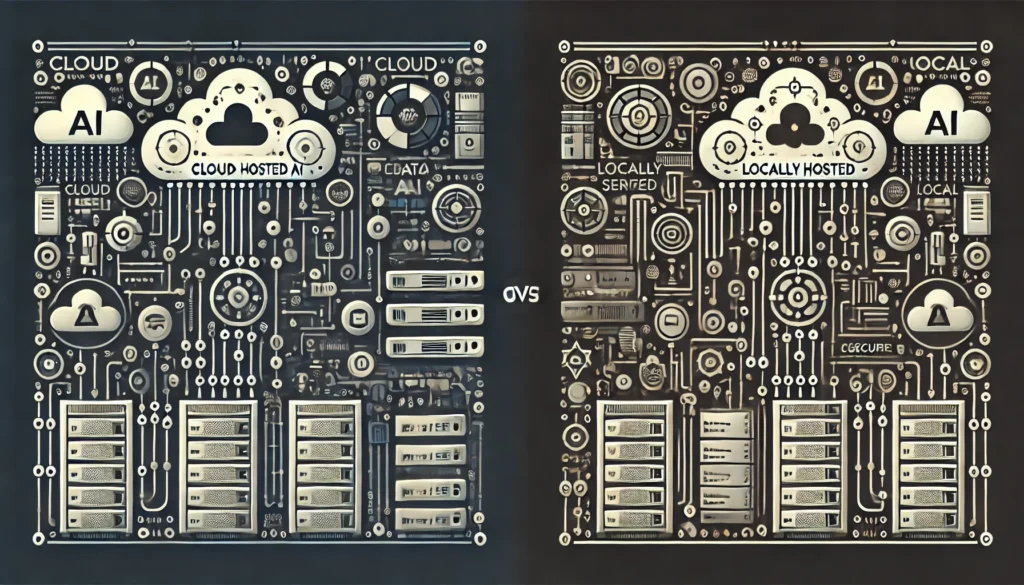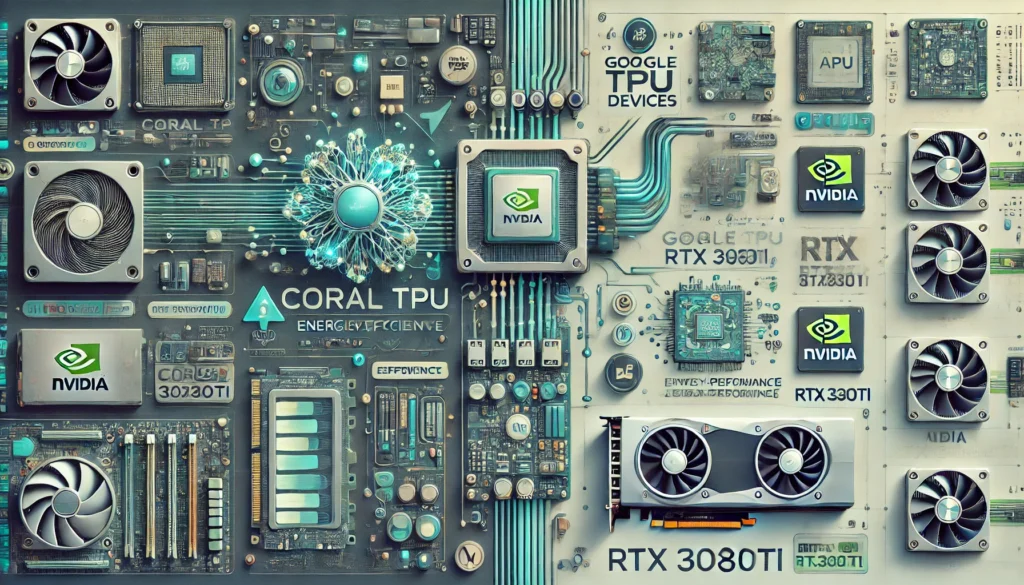Diagnosing and Fixing “Effector Tilt” on a Delta 3D Printer
Effector tilt is a common issue in delta 3D printers that can impact print quality, causing uneven layers and nozzle drag. This guide explains the causes of effector tilt, how to diagnose it through visual inspections and test prints, and offers step-by-step solutions for repair. By understanding these factors and implementing regular maintenance practices, you can ensure your delta printer remains accurate and produces high-quality prints.
Diagnosing and Fixing “Effector Tilt” on a Delta 3D Printer Read More »









